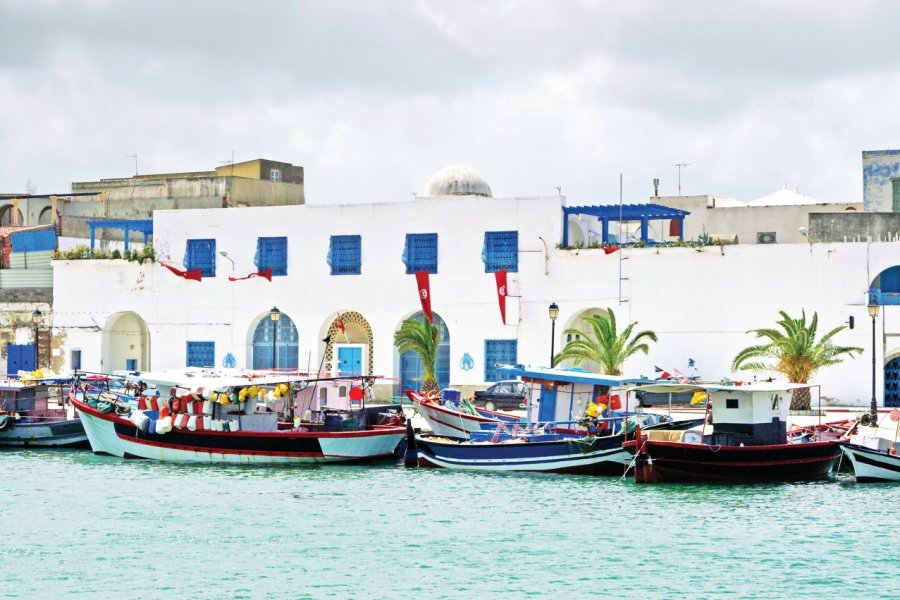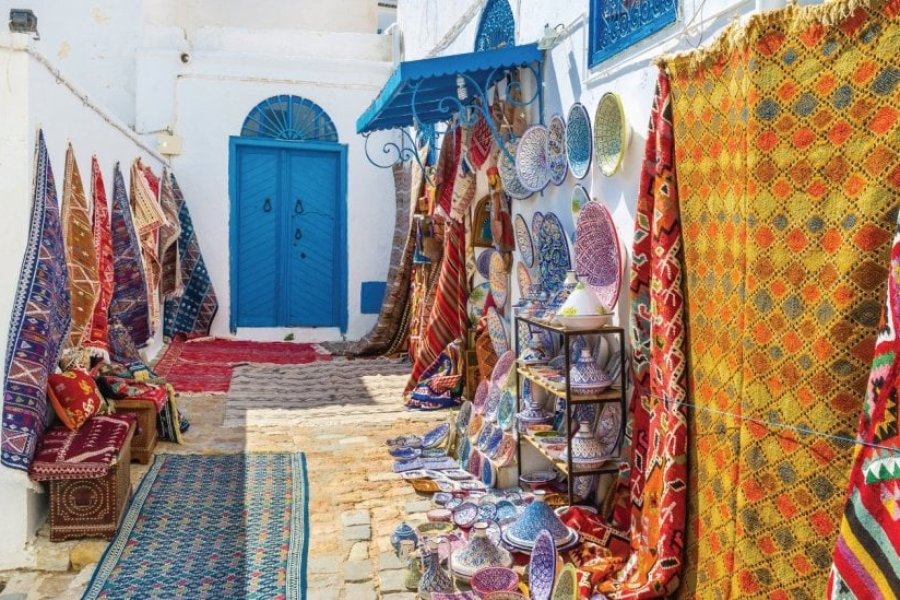Travel Guide Bizerte
Find an accommodation
Advertising
Located northwest of Tunis, Bizerte, by its position in the heart of the Mediterranean and near a vast lake that communicates with the sea, is a seaside resort frequented by Tunisians. It is particularly appreciated by the Tunisians who like to come there for dinner or to take the air on weekends.A former Phoenician trading post in the first millennium BC, the city came under the influence of Carthage after the defeat of Aghatocle during the Punic wars. It is then occupied by the Romans after nine centuries of Punic history, raised at that time to the rank of colony (Hyppo Diarrhytus). The city was conquered by the Muslim armies who gave it its current name. In 1535, the troops of Charles V took the city, then the Turks drove them out in 1574. At the beginning of the XVIIIth century, Bizerte was a prosperous city that took advantage of its port, a pirate base with a good number of Christian captives.Theater of many wars, it was first the king of France who ordered a bombardment of the city at the end of the XVIIth century, then the Count of Broves in 1770 and about fifteen years later the Venetians. The city prospered under the Hafsides and even more so with the arrival of the last wave of Andalusians expelled from Spain. The latter enlarged the city with a whole new district. Thanks to the generous fishing of the lake, the city resisted by exporting tons of fish to the capital, but also to France and Italy. The exclusivity of the coral fishing is attributed to France by decree in 1786. This attracted the covetousness of smugglers who flocked from Marseille, Corsica, Sicily, etc. Fifty years were enough to wipe out the coral: there were 8,000 coral smugglers in 1800 and 2,000 in 1850.The city has always been welcoming. In 1917, it allowed a boatload of Russian executives to dock, who had come to take refuge in Tunisia; some of them are still living in Bizerte today. Another round of Spaniards, Republicans who had also been driven out of their country, came to settle in Bizerte. At the advent of the protectorate, France installed a naval base there, which it did not abandon until 1963.You arrive from Tunis by crossing a mobile bridge, which dominates the city and causes quite a bit of traffic. We are then in the industrial port, the marina being a little further. Located outside the "tourist highways", the historical city has kept all its charm: the old port (the beating heart of the city!), the quiet Kasbah and the Spanish fort, now transformed into an open-air theater, present a beautiful architectural ensemble. The old port comes alive in the evening: Tunisians come here to enjoy delicious fish. The alleys which go down from the medina to the old port offer to the admiration of the walker mosques, Moorish houses and souks. A new marina, unfortunately rather ugly and not much appreciated by the locals, is under construction since years. Bizerte is also an important military center. The city is extended to the north by a corniche, and to the south by the beach of El Remel. The beaches of the corniche are often crowded and not really pleasant. We advise you to go to the ones around Bizerte, wilder and more airy.
What to visit Bizerte?
Advertising
Weather at the moment
Advertising
Organize your trip with our partners Bizerte
Transportation
Book your plane tickets
Car Rental
Boat rental
Accommodation & stays
Find a hotel
Holiday rental
Find your campsite
Tailor-made trip
Immersion travel
Services / On site
Activities & visits
Find a doctor
Bizerte travel inspiration
Find unique Stay Offers with our Partners
Pictures and images Bizerte
Featured articles Bizerte
Other destinations nearby Bizerte
25 km away
100 km away





















